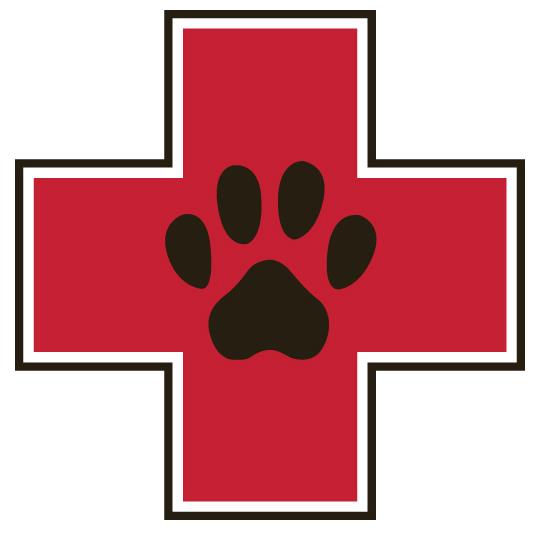Library
-
Bladder stones are rock-like formations of minerals that develop in the urinary bladder. The most common signs in dogs are bloody urine and straining to urinate. Bladder stones can develop within a few weeks, or they may take months to form. Most are visible on X-rays or an ultrasonic bladder examination. There are three main treatment options for bladder stones: surgical removal, non-surgical removal by urohydropropulsion, or dietary dissolution. Prevention is possible in some cases, depending on the chemical composition of the stones.
-
Blepharitis (inflammation of the eyelid) can affect one or both eyes. The affected eyelid will usually be red, swollen, and itchy. Any condition that can cause irritation of the eyelids can lead to blepharitis. The numerous potential causes of this condition, along with the clinical signs, diagnosis, treatment, and prognosis are outlined in this handout.
-
Blepharitis (inflammation of the eyelid) can affect one or both eyes. The affected eyelid will usually be red, swollen, and itchy. Any condition that can cause irritation of the eyelids can lead to blepharitis. The numerous potential causes of this condition, along with the clinical signs, diagnosis, treatment, and prognosis are outlined in this handout.
-
Gastric Dilatation and Volvulus (GDV) is an acute, life-threatening condition where the stomach fills with large amounts of air and then twists around, effectively cutting off the outputs to the esophagus and intestine. Causes, signs, treatment, prognosis, and prevention are discussed.
-
This handout summarizes the most common forms of lameness in growing dogs. Included are osteochondritis dissecans (OCD), panosteitis, hypertrophic osteodystrophy (HOD), elbow dysplasia, ununited anconeal process (UAP), fragmented coronoid process (FCP), patellar luxation, and hip dysplasia.
-
Botulism is a rare condition that causes paralysis in cats. Cats are exposed to botulism by eating raw meat or dead animals containing botulinum toxin produced by Clostridium botulinum.
-
Botulism is a rare condition that causes paralysis in dogs. Dogs are exposed to botulism by eating raw meat or dead animals containing botulinum toxin produced by Clostridium botulinum. Signs, diagnosis, and treatment are discussed.
-
Bowel incontinence is the loss of the ability to control bowel movements. There are two broad causes of fecal incontinence: reservoir incontinence and sphincter incontinence. In reservoir incontinence, intestinal disease interferes with the rectum's ability to store normal volumes of feces. In sphincter incontinence, a structural or neurologic lesion prevents the anal sphincter from closing normally. Clinical signs, diagnostic testing, and treatment vary based on the underlying cause.
-
Bowel incontinence is the loss of the ability to control bowel movements. There are two broad causes of fecal incontinence: reservoir incontinence and sphincter incontinence. In reservoir incontinence, intestinal disease interferes with the rectum's ability to store normal volumes of feces. In sphincter incontinence, a structural or neurologic lesion prevents the anal sphincter from closing normally. Clinical signs, diagnostic testing, and treatment vary based on the underlying cause.
-
Brachycephalic airway syndrome refers to a particular set of upper airway abnormalities that affect brachycephalic cats. The most common sign of the condition is mouth breathing and, in the long term, the increased effort associated with breathing can put a strain on the cat's heart. Surgery is the treatment of choice whenever the anatomical abnormalities interfere with a cat’s breathing.




